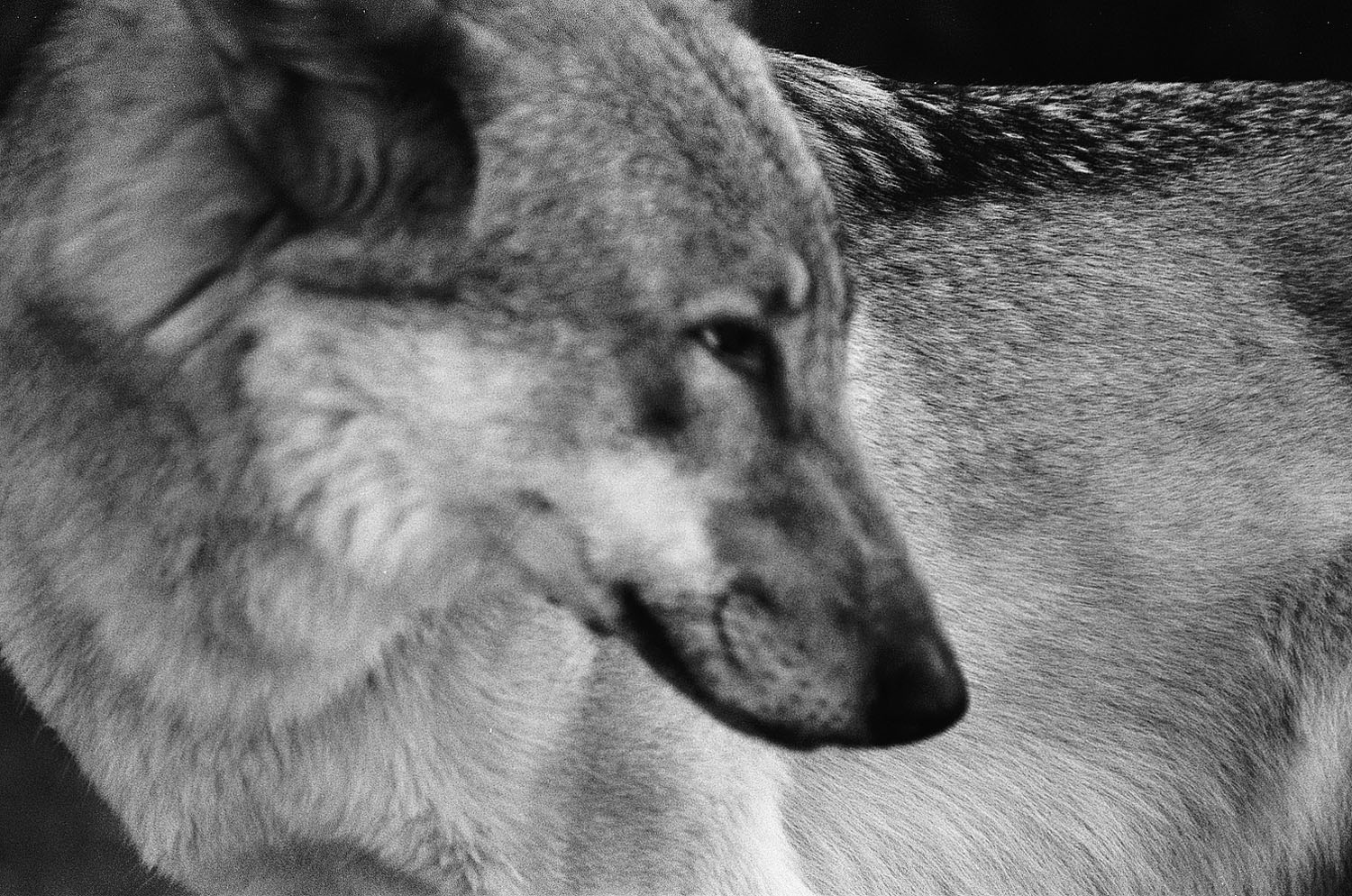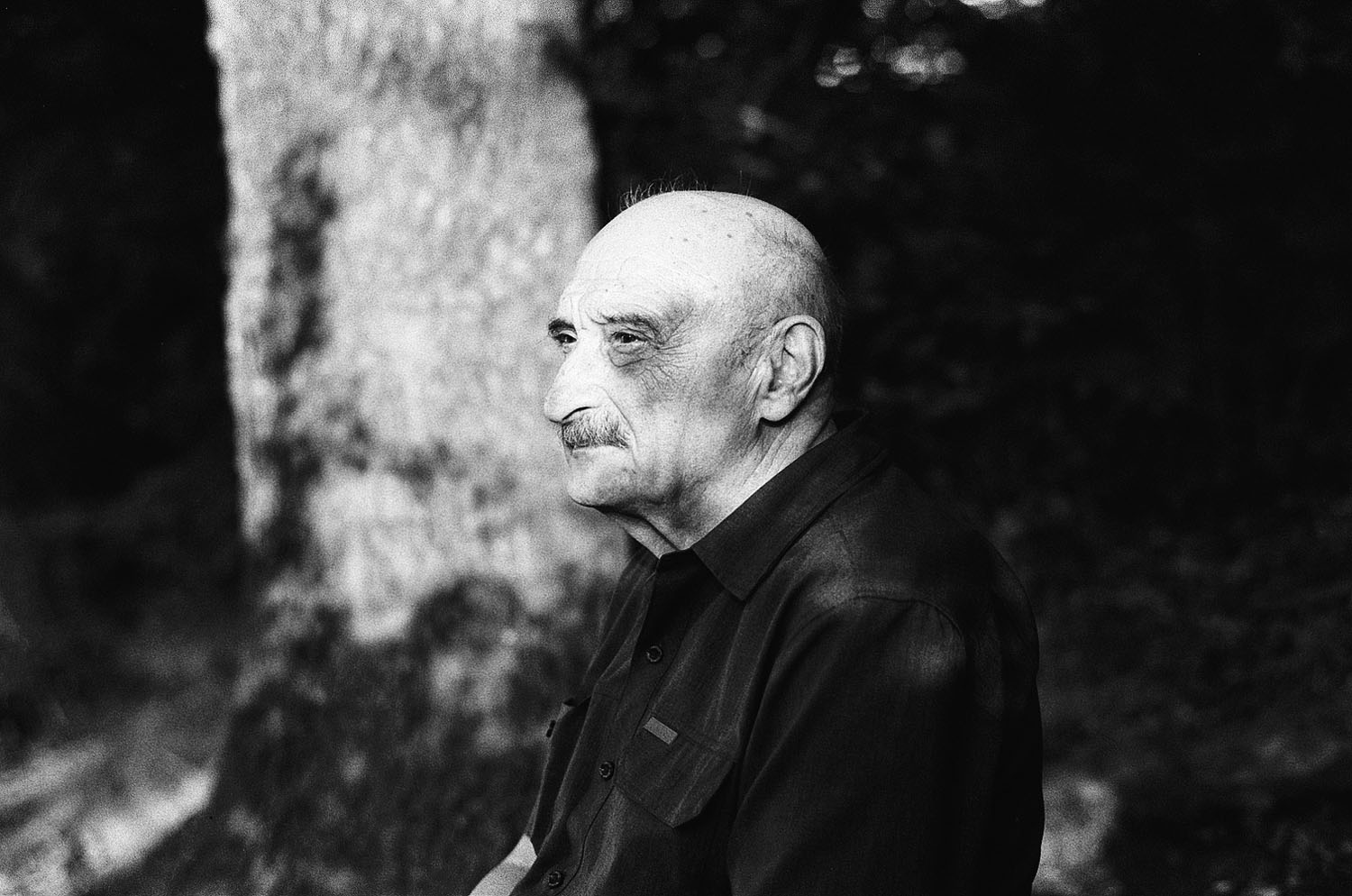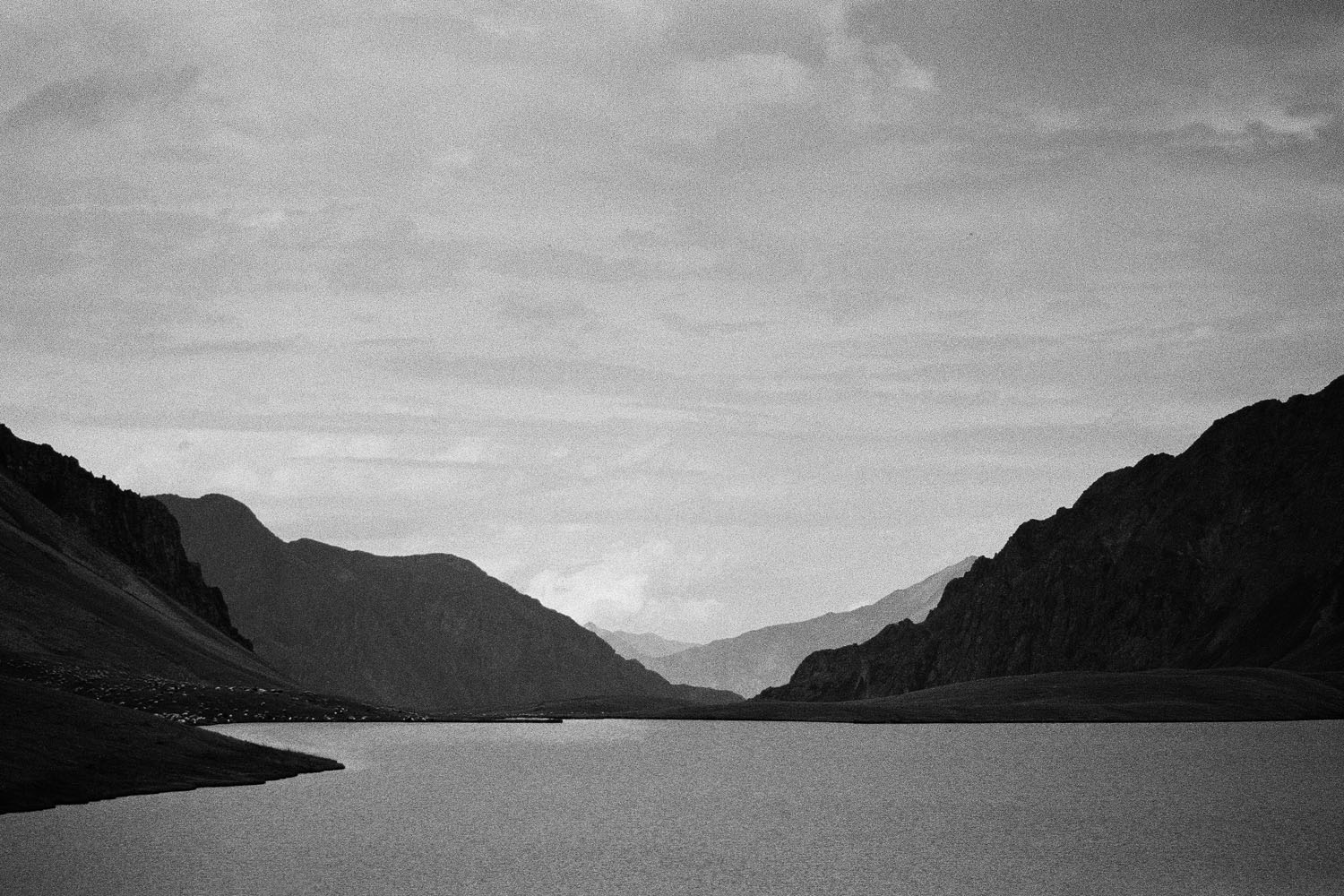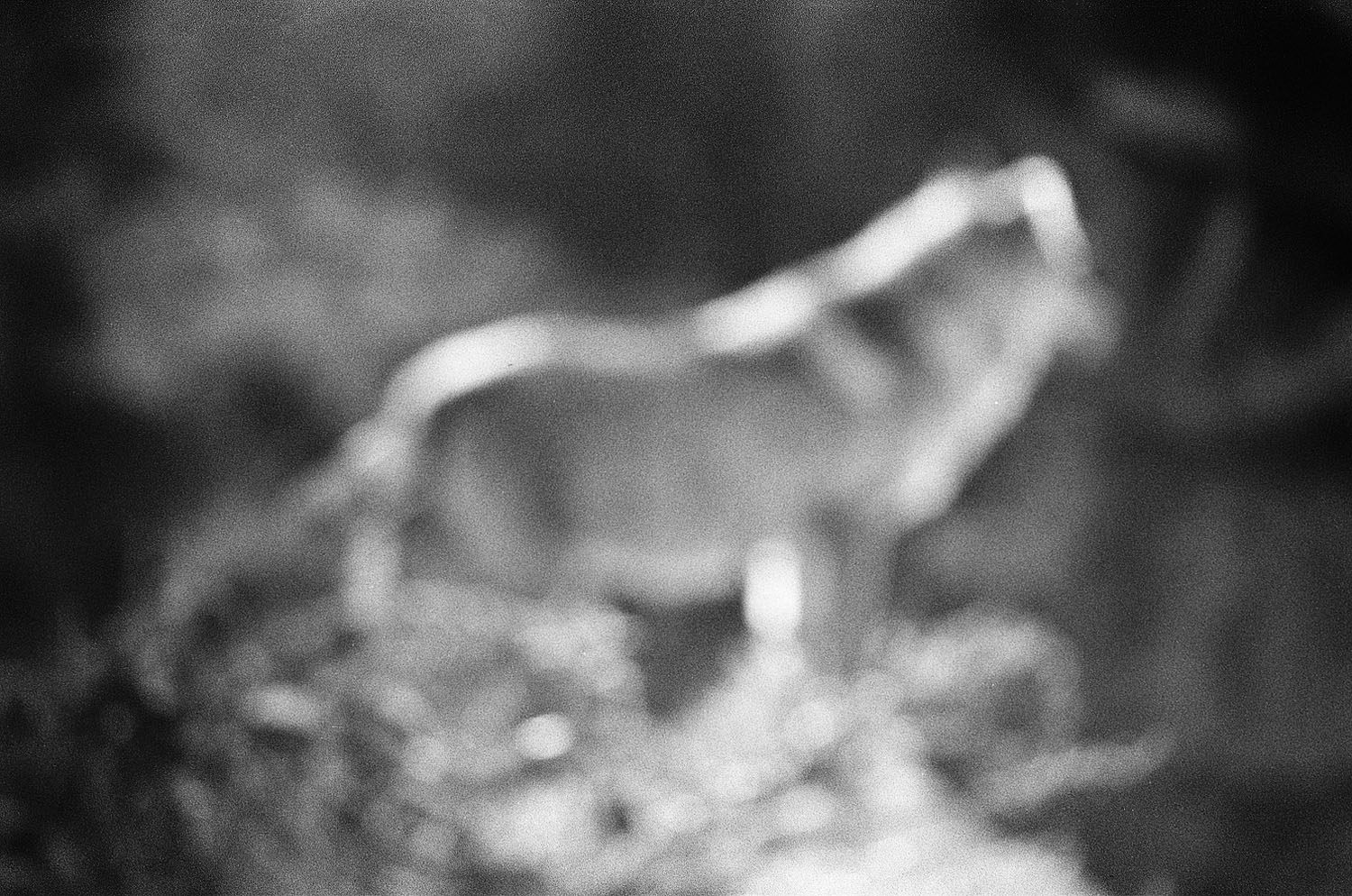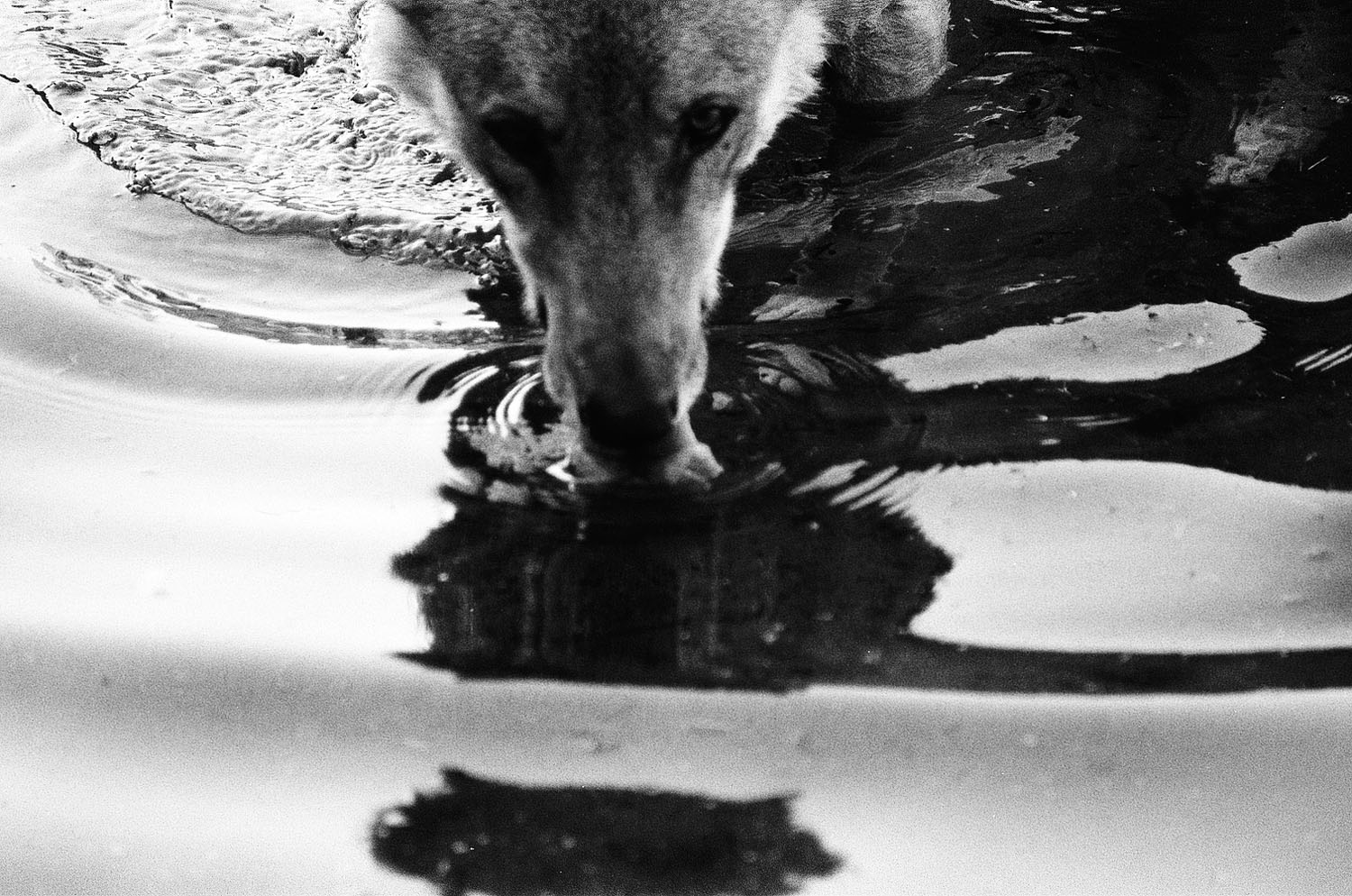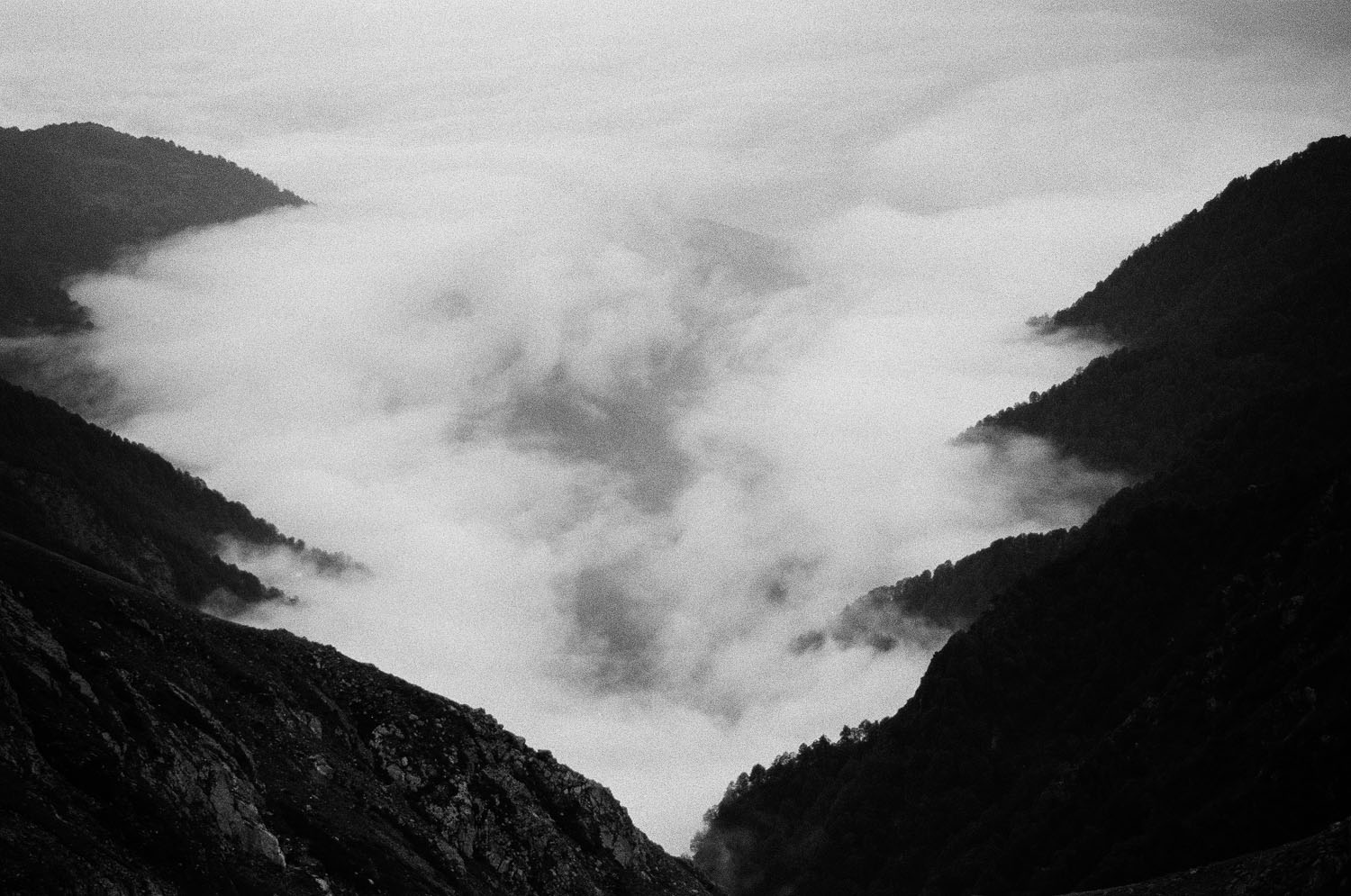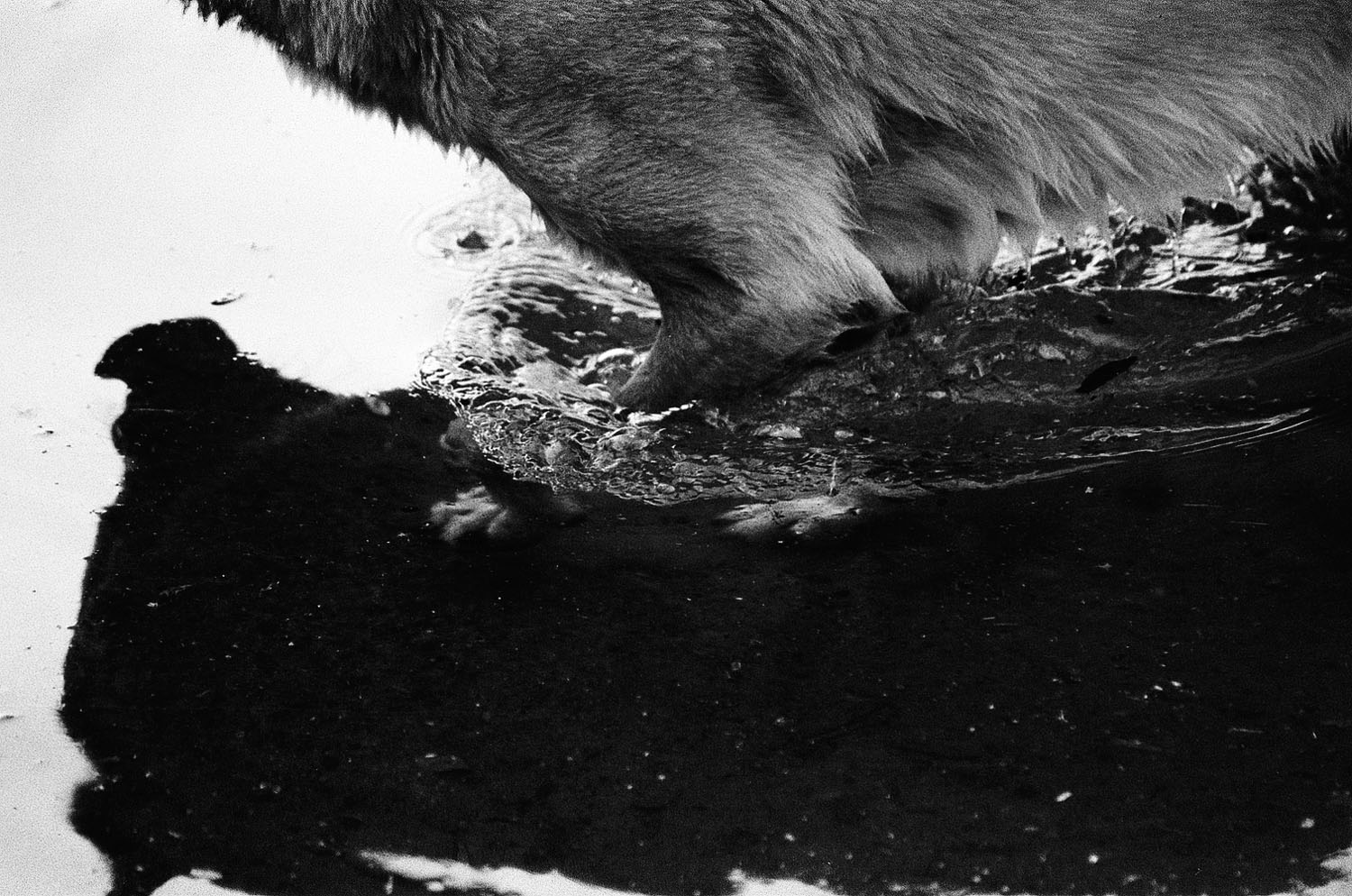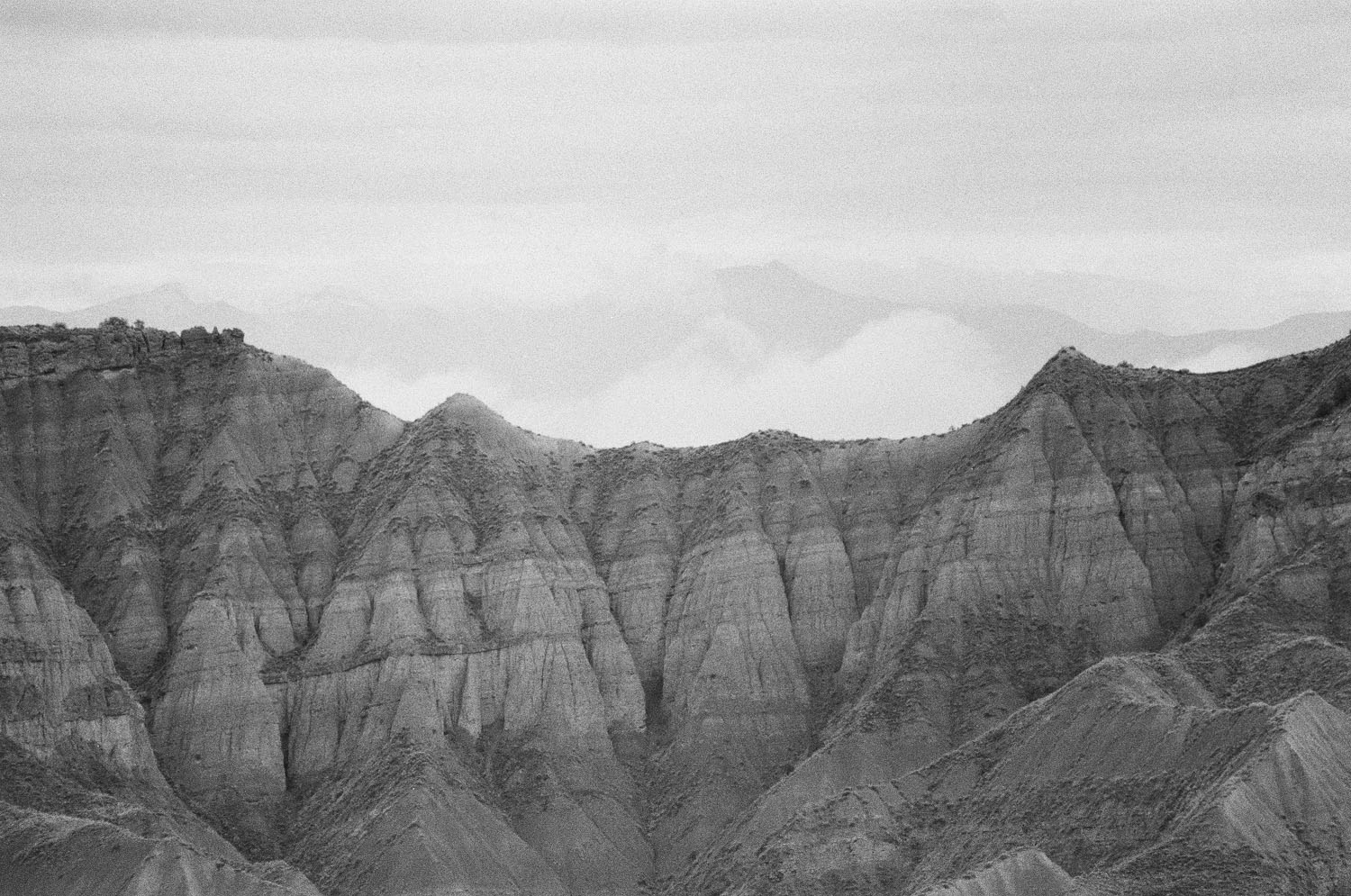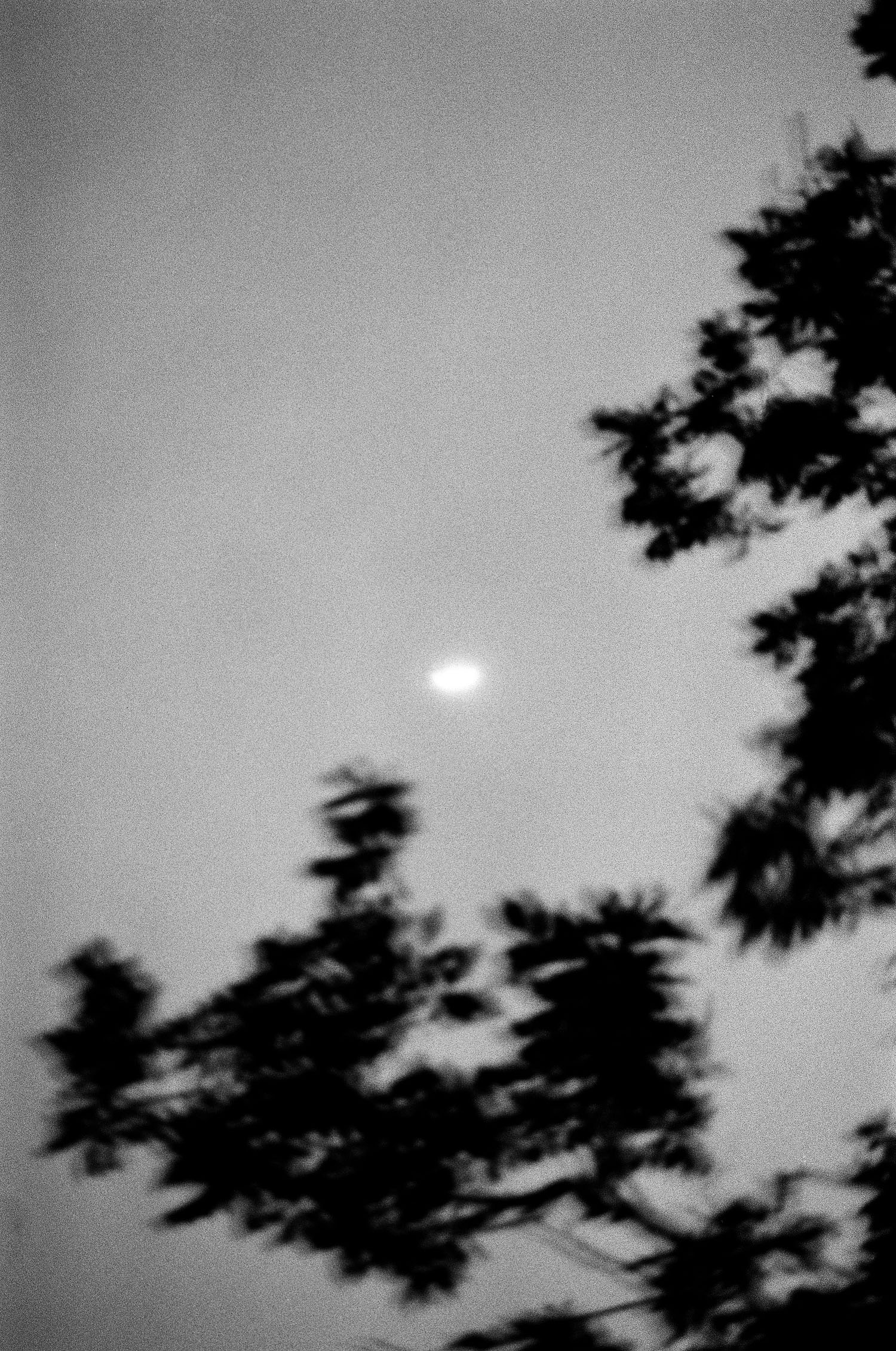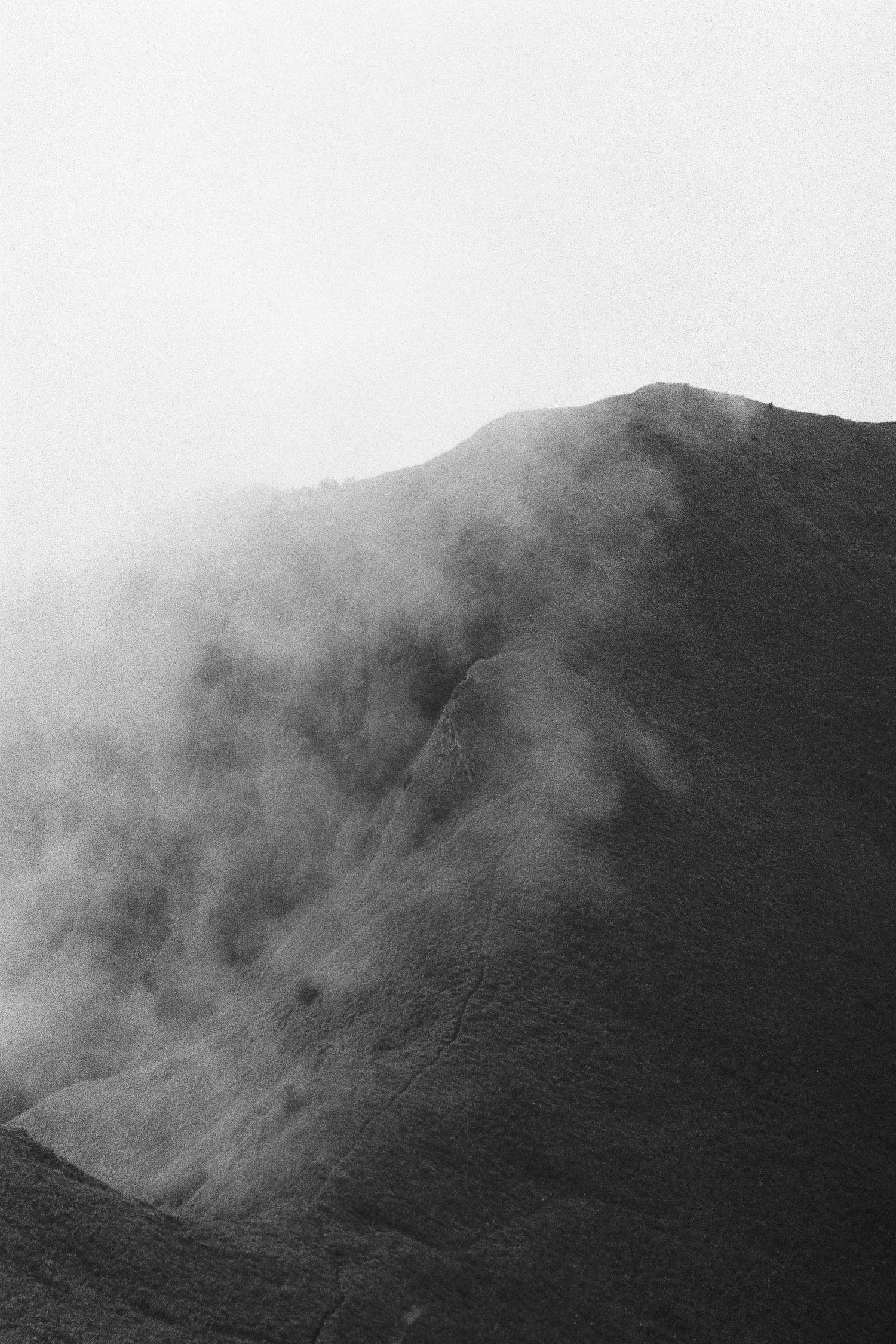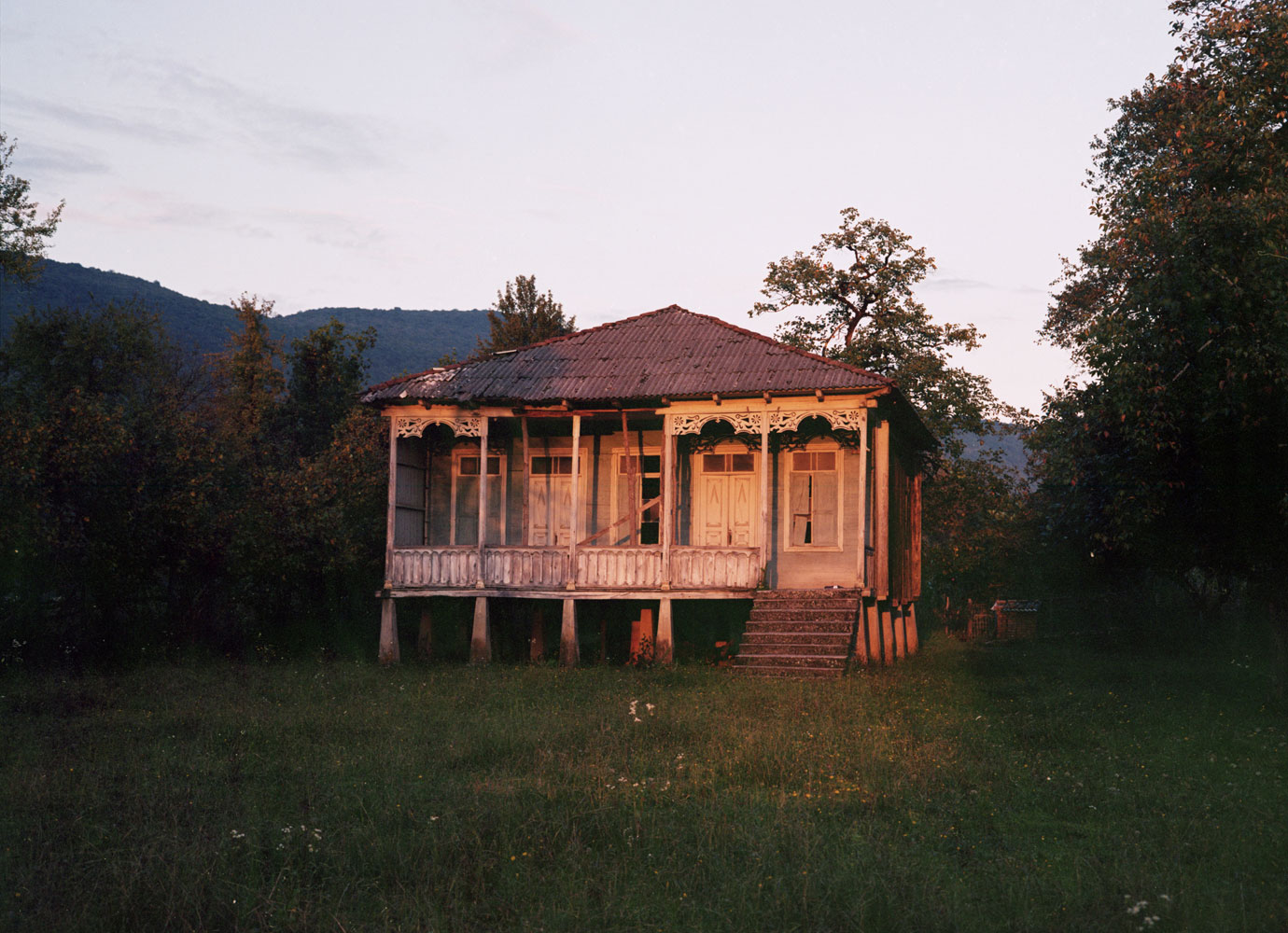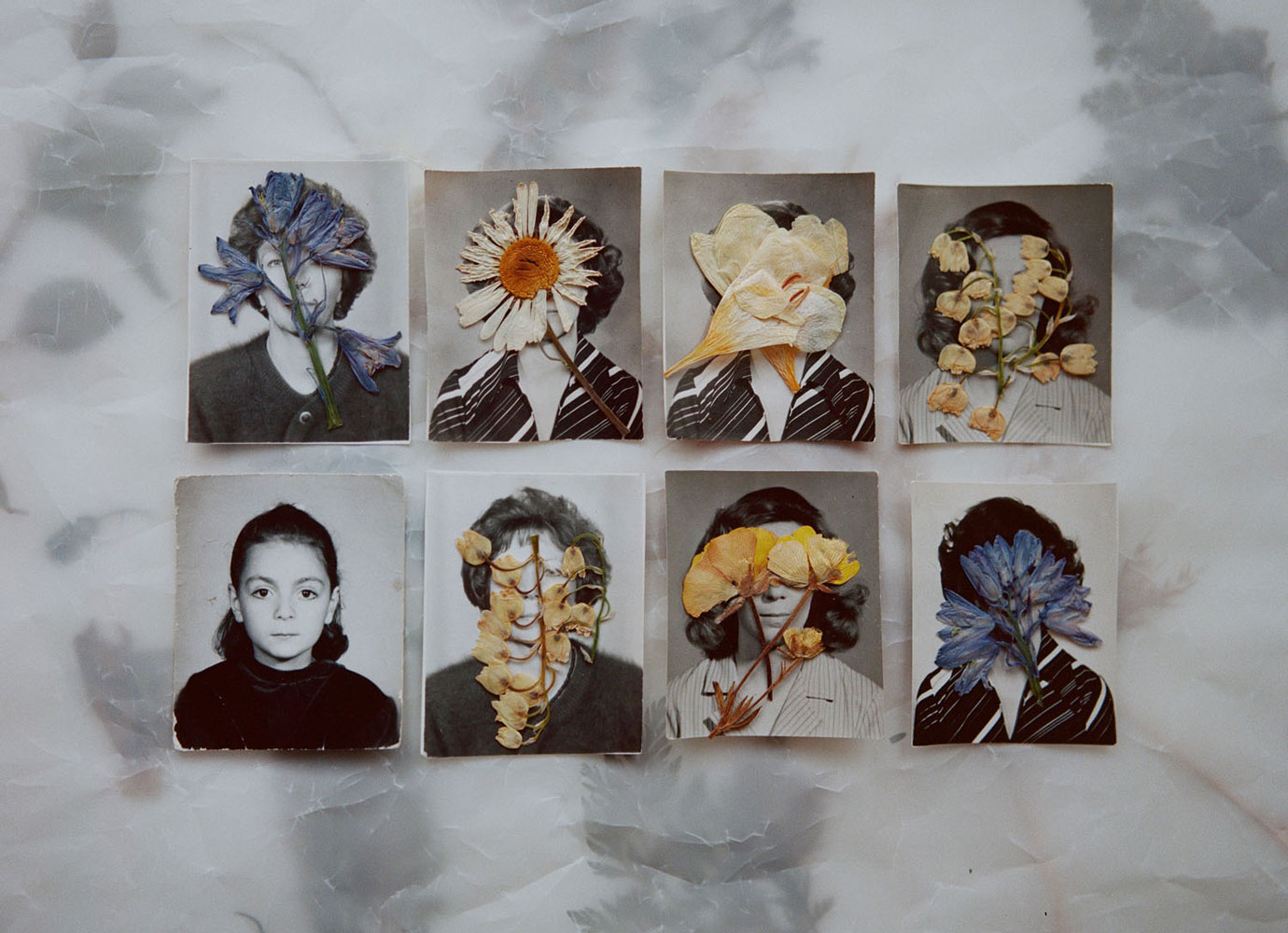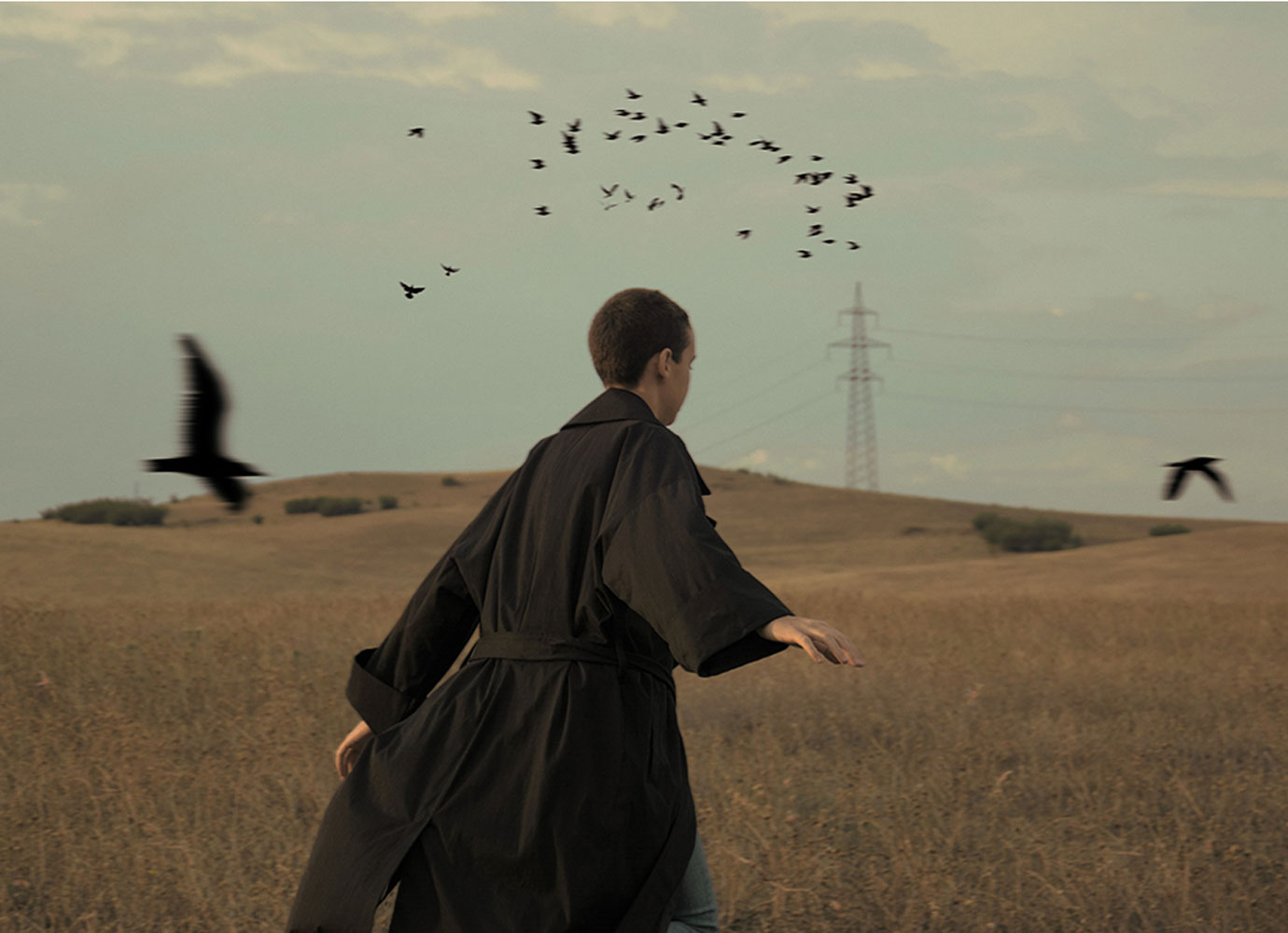The story of a remarkable zoologist who lived among wolves in Georgia
In 1974, at the age of 30, zoologist Jason Badridze ventured into Georgia’s Borjomi Nature Reserve to study wild wolves. For two years, he was not just an a observer but a close confidant to six carnivores: sleeping among two adult wolves and their cubs, wrapped in a thick coat under the night sky, he helped them to hunt, and learned from their habits. In turn, they shared their kill, fed him when he was sick or injured, and protected him from bears.
Few wolf biologists have researched their behaviours by living among them. Badridze has been fascinated by the creatures since first hearing a wolf howl while camping with his father aged four. He was born to a creative family: his mother was an actor; his father ran a school training stuntmen. Badridze did not follow in their footsteps. Leaving school, he worked at a car repair plant for a few years before studying biology and ethology. He was outspoken in his belief that wolves were not the wicked beasts that Slavic folklore and Soviet children’s books would have you believe. He had begun by studying dogs, but found that although they are closely related to wolves, the animals had lost many of their instincts through domestication. Biologists in the 70s hadn’t yet come close to understanding the mind of a wolf. Wolves were poached and sold for as little as 50 roubles in Soviet Georgia; the only studies of wolves that Badridze came across were techniques on culling and eradication. In a past interview, he revealed that he read those books anyway, to learn how to track and get closer to his subjects.
In a moving black-and-white film dedicated to Badridze, the Georgian wolf expert tells artist Elizaveta Tezneva about the extraordinary moment when he first came face-to-face with his wolf pack. Prior to this meeting, he went to great lengths to get the wolves accustomed to his scent: he did this by bringing his children’s diapers with him to the reserve, and leaving them on paths used by the wolves. Once he gained their trust, he stayed by their side, returning to his family in Tbilisi every three to four months.
The cubs who were born into the pack and grew up with him did not see him as a threat. Years of training with his stuntman-father meant that he was able to keep up physically with the animals, especially when hunting. In fact, Badridze’s close-contact helped him observe hunting as a tradition that is learned and passed down to generations, and varies with each family.
Inevitably, Badridze developed a deep bond with the wolf pack. In the film, he shares how he had named the two full-grown wolves, Niko and Manana, after his real-life friends. He also describes the hurt he felt when he learned of the death of “his closest friend”, a yearling whom he called Guram. On his final day at Borjomi Nature Reserve, the wolves sensed that he was leaving and saw him off. In later interviews and his own writing, he’s explained the almost-telepathic sense that had helped him communicate with the wolves non-verbally. Whether it’s telepathy, his incredible intuition and dedication to his research, or closeness of their relationship, Badridze is a truly remarkable character. After his two years at the reserve, he committed himself to helping wolf-cubs which had been raised in captivity acquire the necessary skills to return to wilderness. He has raised nearly 100 wolves over the course of several decades. Perhaps, one of his greatest achievements was teaching the wolves he reintroduced into the wild to avoid humans and livestock.
“Fieldwork is incredibly demanding,” Badridze told The Village magazine in 2019, reflecting on his time at Borjomi Nature Reserve. While living on the reserve, the biologist collected notes, recordings, photo and video footage. “With all the observations and recordings, I had no room in my house for anything else.” Some of the photos in Tezneva’s film — including a wolf family portrait — were taken by Badridze over the 80s and 90s and had been stored on his computer until now.
Consistent with Badridze’s own style, the additional photos were shot by Tezneva in 2018, and made up her graduate project for the Fotografika Photo Academy in St Petersburg. The landscape photographs were taken at nature reserves in Lagodekhi and Vashlovani: the places where Badridze has worked for a long time. To fill the rest of the project, Tezneva got creative: to get close to wolves, she visited Moscow Zoo, producing surprising and evocative images. “I fell in love with the story after encountering it online. It spoke of Badridze’s sheer belief in his research, which I found so inspiring,” Tezneva says.
“I know that he lost a part of his archive in some way. When I reached out, he invited me to visit. Jason, like a true Georgian, is incredibly hospitable. He was calm and curious in conversations,” she continues. Tezneva’s graduate film has since been selected as one of the winners in a recent competition by Tbilisi Photography & Multimedia Museum for multimedia projects, and published on their site.
Badridze made significant contributions to zoology and ethology, and his research is relevant in present-day Georgia where, besides the threat of modernisation on their habitats, wolves continue to be killed and hybridised with dogs, leading to misunderstanding their behaviours, that contributes to further conflicts between humans and canines. The film honours Badridze’s legacy and lets him tell his story in his own words: besides his photos, his own memories are even more vivid. This shows just how much the wolves taught him, and how much his relationships with them have meant to him — like the piercing howl that stayed with him since childhood, and the farewell cry he heard when he left Borjomi.
